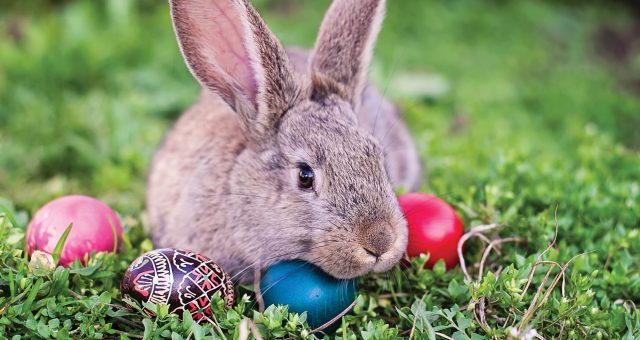Easter, also known as Pascha, or Resurrection Sunday, is a Christian holiday commemorating the resurrection of Jesus Christ from the dead.
It is celebrated every year on the first Sunday after the first full moon following the vernal or spring equinox. The celebration, which spans over a week, involves several religious and cultural practices, including prayer, church attendance, feasting, gift-giving, egg decoration, and more.
Let’s explore the genesis, history, tradition and culture of Easter celebrations in different parts of the world, highlighting variations in practices and identifying common themes.
Origin And Evolution of Easter Celebrations
The origin of Easter celebrations can be traced back to ancient Mesopotamia, where the festival of Akitu was celebrated to mark the spring equinox. Later, in ancient Egypt, the resurrection of Osiris, the god of the afterlife, was observed annually.
However, the most significant influence on Easter celebrations is the Jewish holiday of Passover, which commemorates the liberation of the Israelites from slavery in Egypt. The early Christian celebration of Easter borrowed elements from all these traditions and combined them to create their unique Easter celebration.
The earliest Christian records of Easter celebrations date back to the second century Anno Domini. The exact date of the first Easter Celebration remains unclear; with some scholars suggesting it was celebrated as early as the first century A.D. The date of Easter was not formally established until the Council of Nicaea in 325 A.D. when it was decided that Easter should be celebrated on the first Sunday following the first full moon after the vernal equinox.
Easter Celebrations In Different Regions Of The World
Easter celebrations have evolved over the centuries and vary depending on the region and country in which it is observed. Some of the most notable variations in Easter celebrations include:

Western Europe
Easter celebrations in Western Europe are marked with several practices, including the Easter bunny, egg hunts, and feasting on roasted lamb or ham. Many countries have a tradition of creating Easter bonfires, where large piles of wood are set ablaze, and people gather to sing, dance and celebrate the holiday around the fire.
Eastern Europe and Russia
In Eastern Europe and Russia, Easter celebrations are known for their rich religious rituals and practices. An important part of the celebration is the Eastern or Orthodox Easter Eggs, decorated with intricate designs and vibrant colours. Other practices include the baking of Easter bread, attending church services, and exchanging greetings of “Christ is risen – Indeed, he is risen!”
North America
Easter celebrations in North America follow traditional practices, with an emphasis on egg hunts, Easter baskets, and candy. The White House Easter Egg Roll, held every year on the White House South Lawn, is one of the most notable Easter celebrations in North America.
Latin America
Easter celebrations in Latin America are marked with several religious practices, including Passion Plays, re-enacting the last days of Christ, attending Mass, and visiting graves of the dead. Many countries have a tradition of creating palm fronds and using them to decorate homes and public spaces.
Easter is a significant religious and cultural holiday that has evolved over time and varies widely across different regions of the world. The practices and traditions of Easter are shaped not only by religious influences but also by local customs and traditions. Understanding the genesis, history, tradition, and culture of Easter celebrations in different parts of the world can help us appreciate the rich diversity of this important holiday.



